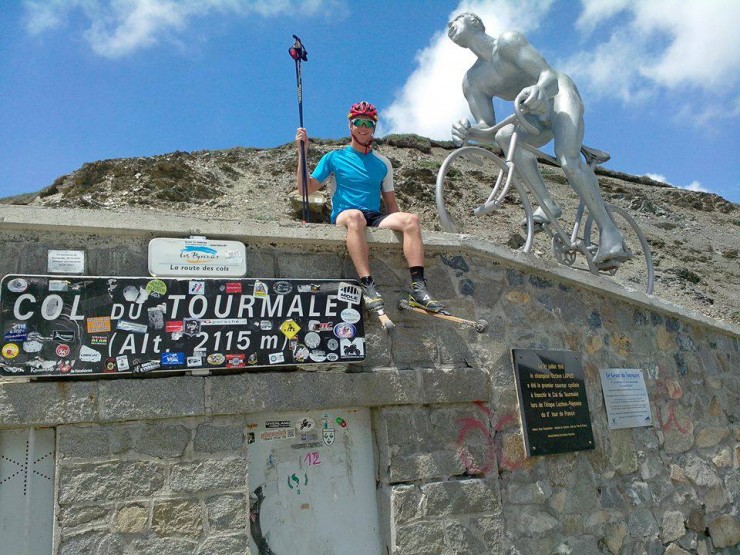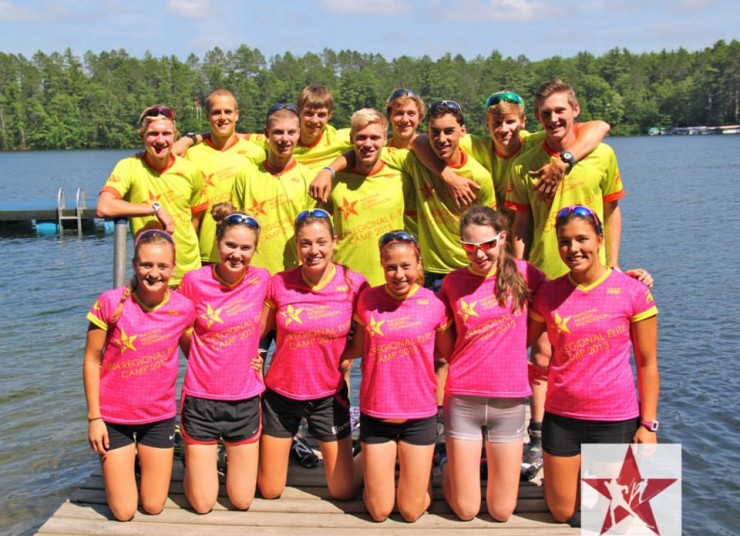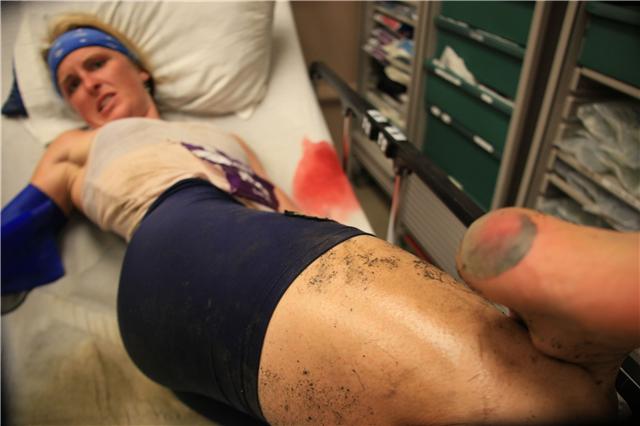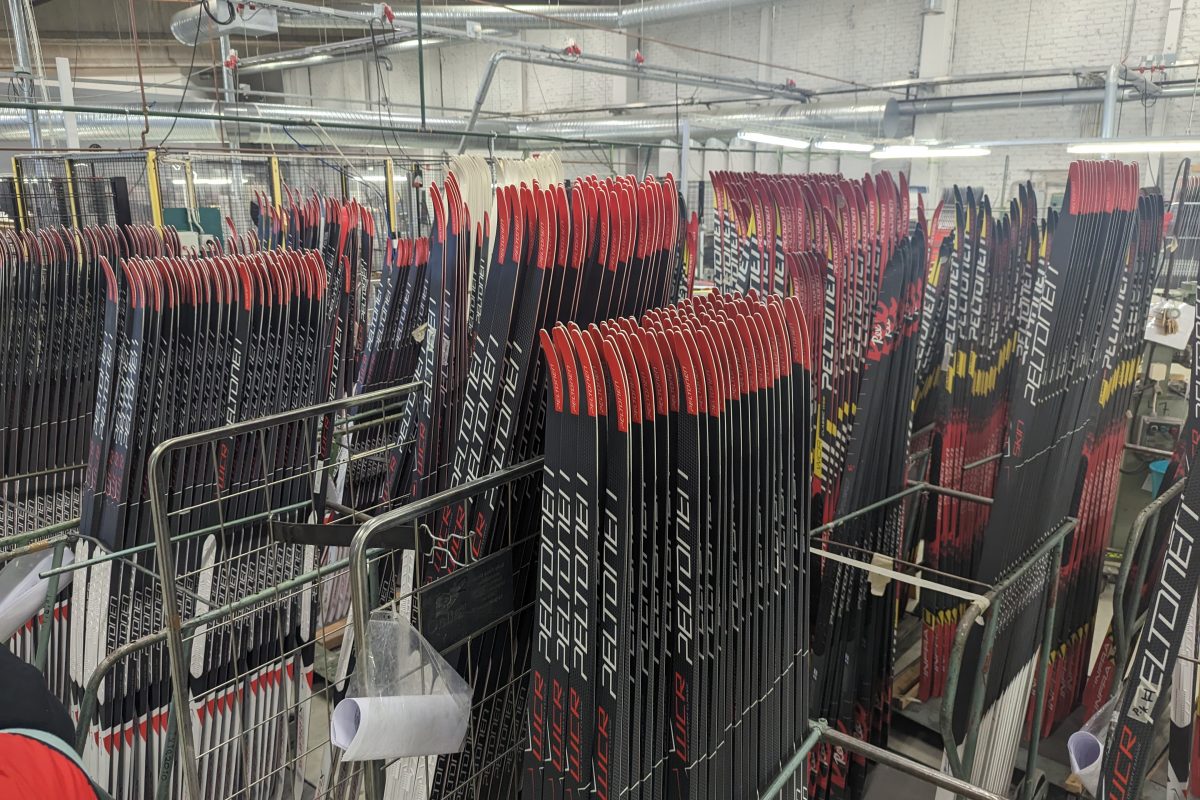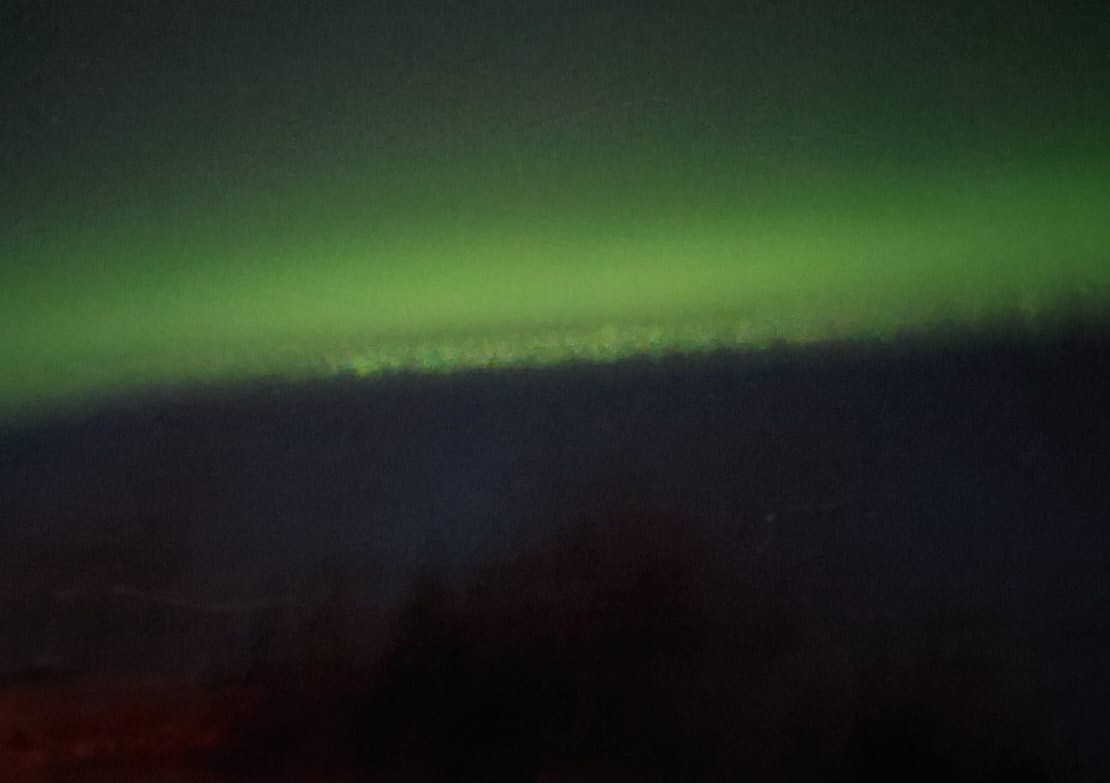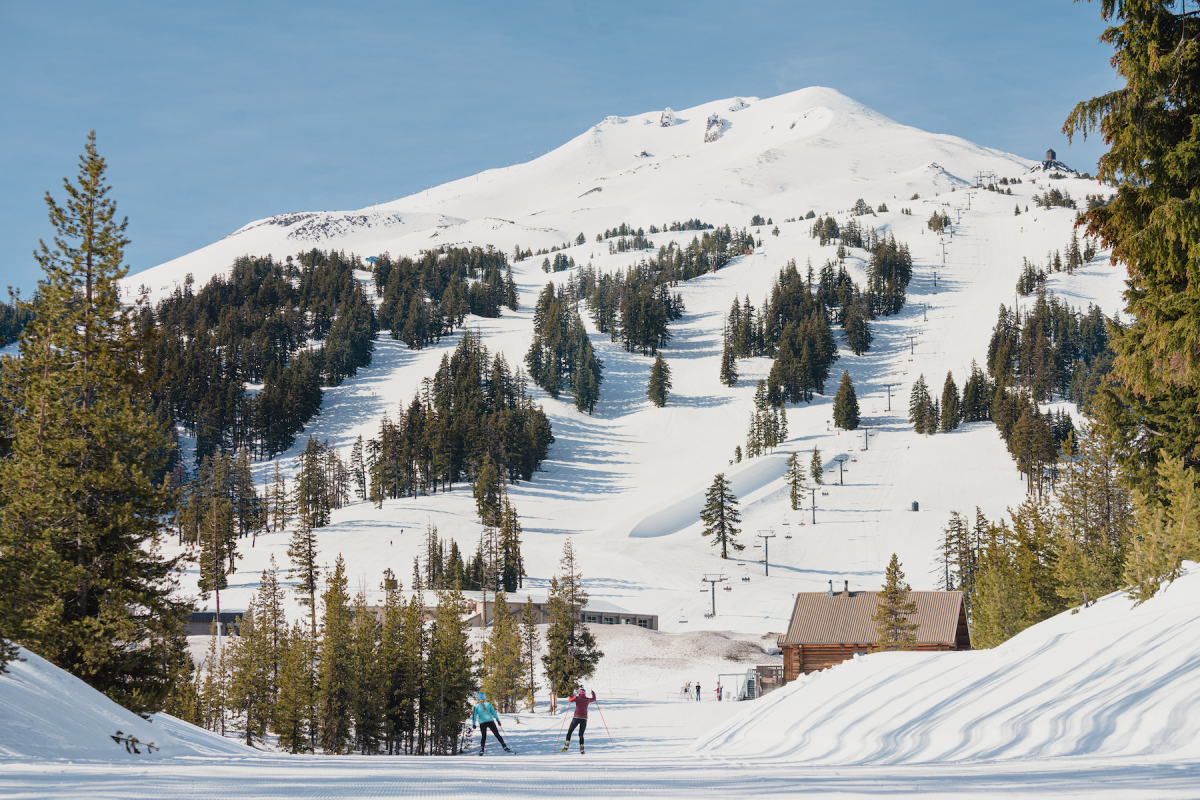5 Things: Erik Bjornsen’s Tour de France
Erik Bjornsen is putting in a block of training with friends in France in an attempt to increase his comfort with Europe, push his boundaries and get a little summer travel in. The USST and NNF athlete checks in on what has made is trip remarkable so far:
1. FRiendly people! Everyone here has been so nice. I have found that English isn’t as well known as other places in central Europe but that doesn’t stop them from trying. People always welcome me into their home for a drink or a quick snack.
2. Adapting to the culture. My goal is to start racing more and more over here in Europe. It’s where most of the World Cups are and it’s important for me to start feeling comfortable here. Every time I travel over seas it gets easier and I notice the jet leg less.
3. Nice location! I have seen a lot of France this trip and have gotten to train in some really awesome locations. The roads are perfect for rollerskiing, lots of small narrow roads thatfeel like their built for us. It’s no problem finding steep sections for practicing V1. The cars are also so considerate when passing. They will give you space- even if that means causing the on coming car to almost run off the road! You never feel in danger.
4. Connections. Since I have been here I have made a lot of friends. I have been invited to train with some of the best athletes in the world. Sometimes it’s hard to let your competitors see what you are doing for training but they have been very excited and happy to have me join in. It’s been really fun to talk training philosophies and trade ideas. It’s nice to have connections in Europe since we will continue to spend so much time here next season for racing.
5. Extremely good food! I have to include the food. Breakfast, lunch, and dinners are all eaten at the dinning table outside and nobody starts to eat until the meal is ready and everyone is seated. Meals are a social event! My favorite food would have to be the cheese. (Note: There will be a smell coming out of my bag when I fly back to the U.S……. Hopefully security will not find my delicious treasure.)
This article is posted on the NNF homepage.
On the REG
Central REG:
Led by USST Coach, Bryan Fish, Regional Elite Group camps continue throughout the country. This week closed out the Central Region’s training camp. Junior skiers, Vivian Hett and Alayna Sonnesyn, report on their week:
Beginning our experience at the Central REG Camp, all of the athletes ran in a 5km trail race in Seeley, WI, full of challenging twists, turns, and hills. Many of the CXC Elite Team skiers came to push the younger athletes. After checking into our lakeside cabins and having a healthy lunch, we drove into downtown Cable for sprint races again against the CXC Elite Team. While the weather was not exactly ideal with rain beginning prior to semifinals, the positive and encouraging attitudes of cheery bystanders pushed us to complete the two lap sprint course with success. The following day – after the power went out during the night due to strong thunderstorms -all the athletes drove to Telemark for a strength test. After having little time for lunch, we challenged ourselves yet again in an agility course test at Hayward High School. Unfortunately, there were a few broken poles and bloody knees but nothing too serious.
Early Monday morning, we all woke up for a short run and balance exercises before breakfast. Soon we set out for a classic rollerski with technique work from Bryan Fish. The afternoon consisted of similar drills with skate rollerskiing. Post workout recovery involved swimming, diving, and paddle boarding down by Lake Owen. Tuesday’s main workout was a 5km skate time trial up the famous OO road. After a lot of hard work, a coach took us out for an afternoon in Hayward for ice cream. The next morning, we went for another morning run and exercises before heading out for a distance double pole with other local skiers. The afternoon was left open for athletes to decide on a workout fit for their own training plan. That evening, we watched an interview of Jessie Diggins about her life and how she became a world class skier. It was very inspiring and in perfect time for our double pole intervals the next morning (only after we ate our delicious maple monkey bread for breakfast). Later that day, we had an active recovery session with kayaking, paddle boarding, and canoeing.
Over the week, many of us athletes became closer friends and pushed each other when workouts became tough. We would like to thank our amazing cook, Kara and hosts at Lake Owen Resort. In addition, our Central REG Camp could not have been possible without the help of NNF and the Central Cross Country Ski Association. Thanks for a great week! We can’t wait for next year!
Ski Tweets
The Best Tweets This Week from NNF Athletes
Making the Most of Training
Injury Without Insult
Nordic skiing has a mainstream image of safety: the happy ski tourer slowly moving over gentle terrain. But peek at the injury list of skiing heavy-hitters, and there is no doubt, injury is a part of developing skiers, physical adversity is a part of this sport. Here are steps any injured skier can take to make the best of less-than-perfect training circumstances.
Acceptance is the first step of almost every recovery system (it’s what follows every Nordic skier’s first reaction, denial). Here’s the hard truth: injury in an elite athlete is nearly inevitable. It’s an athlete rite of passage. Learning to control an injury, no matter how small, creates better athletes. Take Sadie Bjornsen for example. Suffering from knee and heel injuries for several seasons, she certainly hasn’t let changes in her training schedule slow her down, but it wasn’t easy. She explained on her blog,
“When health goes out the door- forcing you to change your training to great degrees… your happiness walks right out as well. As much as I tried to be positive last summer- I struggled to find my joy. This summer has been different. I have learned to gain control of many of my chronic injuries, and I have started to make improvements.”
Forward progress means working around the injury. An elite, recovering athlete emerges from the healing and recovery process physically stronger and more motivated than when they were first hurt. Whether working in the pool, the arm trainer, in the gym or at the physical therapist, injury inspires an appreciation for the sport different from any other. Tell a skier they can’t and longing takes over. We can’t always get what we want, but if we try, we get what we need. Those unlovable rehab sessions give athletes a chance to focus on specific strength. Commenting on how being in a walking boot helped her last year, Kikkan Randall told the press, “Sometimes injury can be a blessing in disguise.”
Finally, in a sport with a dark history of stressing quantity over quality, injury gives you the chance to reap the rewards of rest. On her foot injury two seasons ago, Therese Johaug commented, “I have to take it easy…I have to be smarter next time and carefully listen to my body.” Injuries, particularly overuse injuries like tendonitis and stress fractures, are usually a sign that the body needs rest. Learning to listen to your body and catch signs of fatigue early will make you a better skier in the long run, and the strongest athletes are those that release the need to fill in their training logs (refer to step one) and focus on recovery.
Unfortunately, these lessons tend to be learned from experience. However, as proven by the professionals, injury can be considered an opportunity, not a set back, and skiing development requires taking advantage of every opportunity.
***
Want more NNF in your life? Check us out here:


